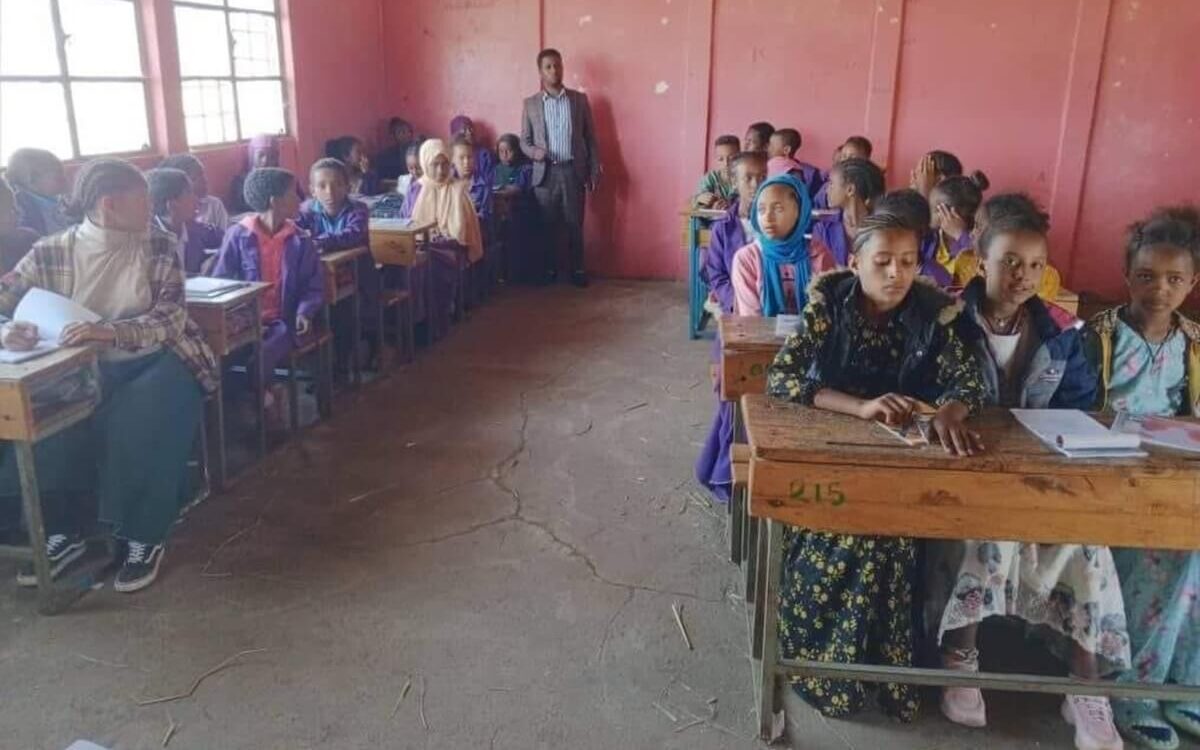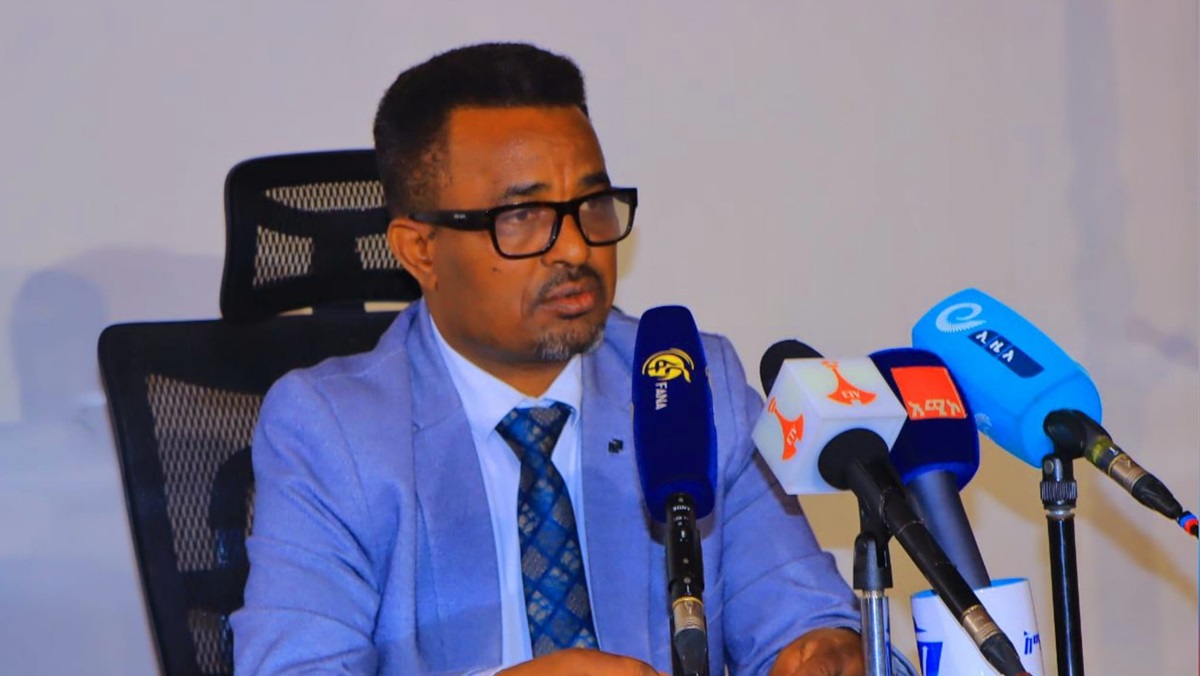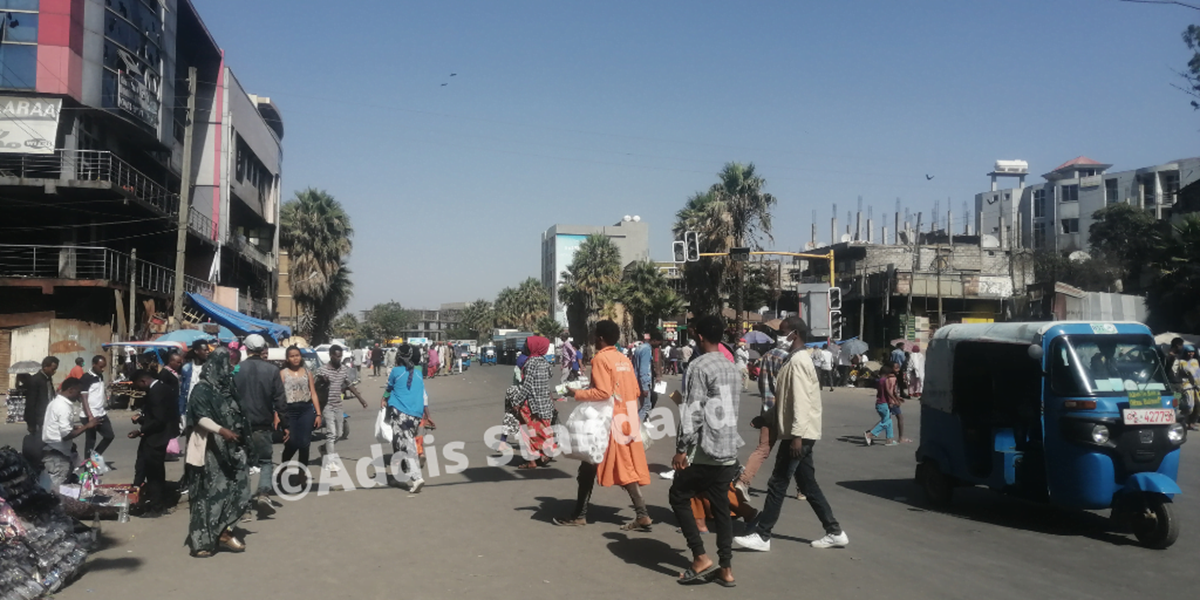News: Schools in Amhara’s conflict hit East Gojjam Zone witness a gradual return of students

Addis Abeba – Students in the East Gojam Zone of the Amhara region are slowly returning to school, a month after the start of the academic year nationwide. The zonal administration has announced that teaching and learning activities have commenced in five primary schools in Dejan, which is one of the 18 districts within East Gojam Zone.
This positive development is attributed to the return of relative peace and stability in the district. Furthermore, Getahun Fante, the head of the zonal education office, announced that five additional districts have recently finalized their preparatory efforts, allowing them to effectively engage in their teaching and learning endeavors in a short period of time.
In East Gojam Zone alone, more than 630,000 students were deprived of education as a consequence of the ongoing conflict and lack of peace in the Amhara Region. Authorities stress that the absence of peace not only affects education but also places immense pressure on students preparing for regional and national exams.
This alarming figure adds to the existing issue of millions of students who were unable to enroll in the current academic season in the region. Last month, the Amhara Education Bureau reported that out of the six million eligible children, approximately 3.9 million primary and secondary students are unable to attend school this academic year due to the ongoing conflict between the federal government and the non-state militia, Fano.
Districts like Dejan and the city of Debre Markos, which serves as the administrative site of the East Gojjam Zone, have found themselves caught in the midst of escalating conflict in the region. While major cities in the Amhara region seemed to be recovering and returning to normalcy after the declaration of a six-month state of emergency in early August 2023 and the imposition of a curfew by the command post, the situation took a drastic turn recently.
Last month, disturbing reports emerged of new conflicts erupting in various towns and cities, including Lalibela, Gonder, and Debre Markos, with heavy fighting and the sound of artillery echoing through the streets. According to the Ethiopian Human Rights Commission (EHRC), a drone strike on 19 October, 2023, claimed the lives of at least eight civilians in Debre Markos.
On 02 November, 2023, Legesse Tulu, the Minister of Government Communication Service, announced that life in the Amhara Region is gradually returning to normalcy due to the government’s successful implementation of law enforcement measures. During a media briefing, Legesse emphasized that peace has been restored in most areas of the region, with a strong presence of security forces throughout Amhara.
In addition to the conflict, the Amhara region is currently grappling with the challenge of drought, which is hindering children from attending school. Last week, Addis Standard reported a significant decrease in student attendance at the start of the new school year in the drought-stricken Sehala district of the Amhara region. As a result of the persistent drought, over 6,000 students who were previously enrolled in the district have either been forced to drop out or were unable to register.
Located in the Wagihimra Zone of the Amhara region, Sehala district has witnessed minimal rainfall for several months. The prolonged drought has tragically resulted in at least 18 deaths due to hunger in the Sehala and Janamora districts of the Wagihimra Zone. AS








